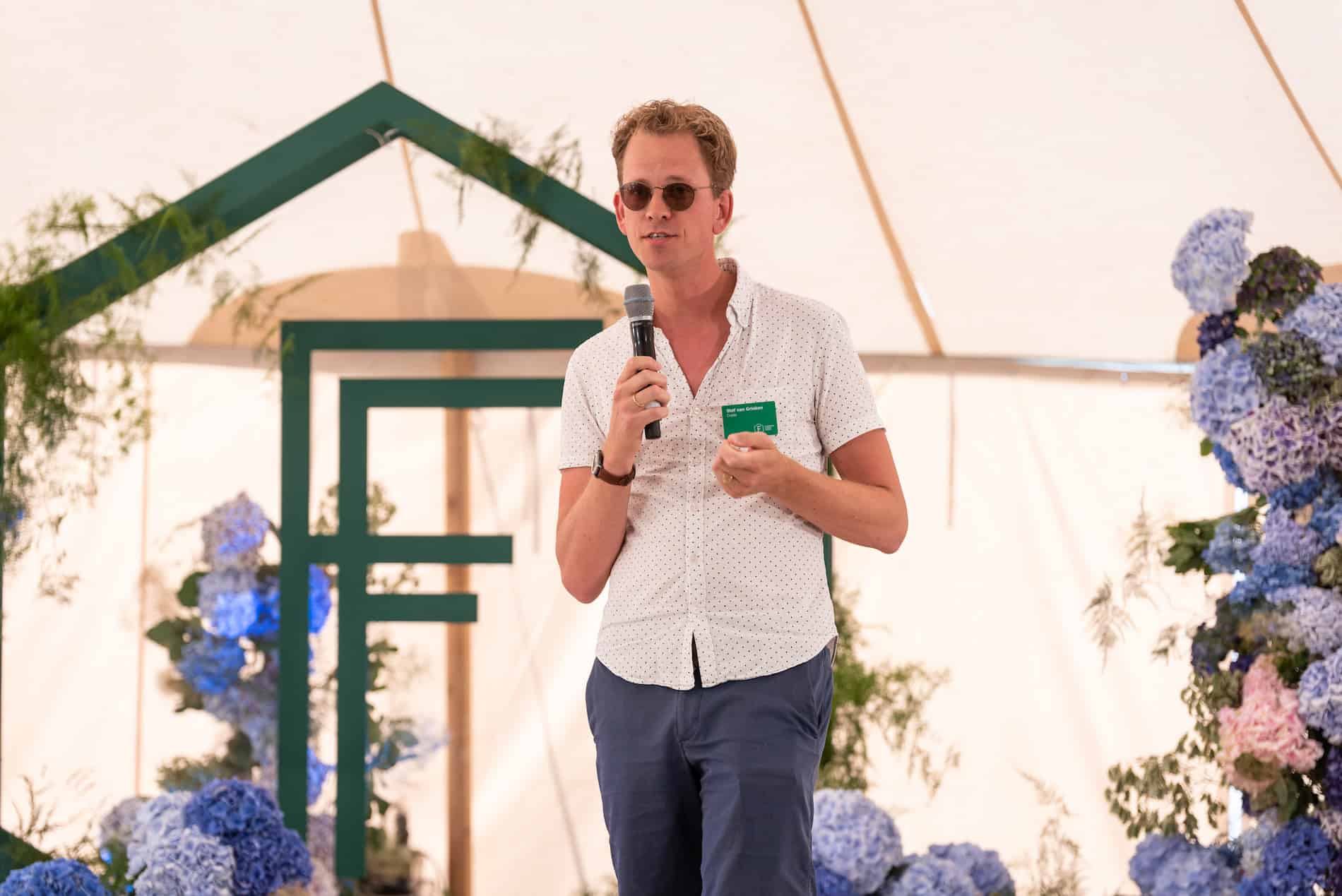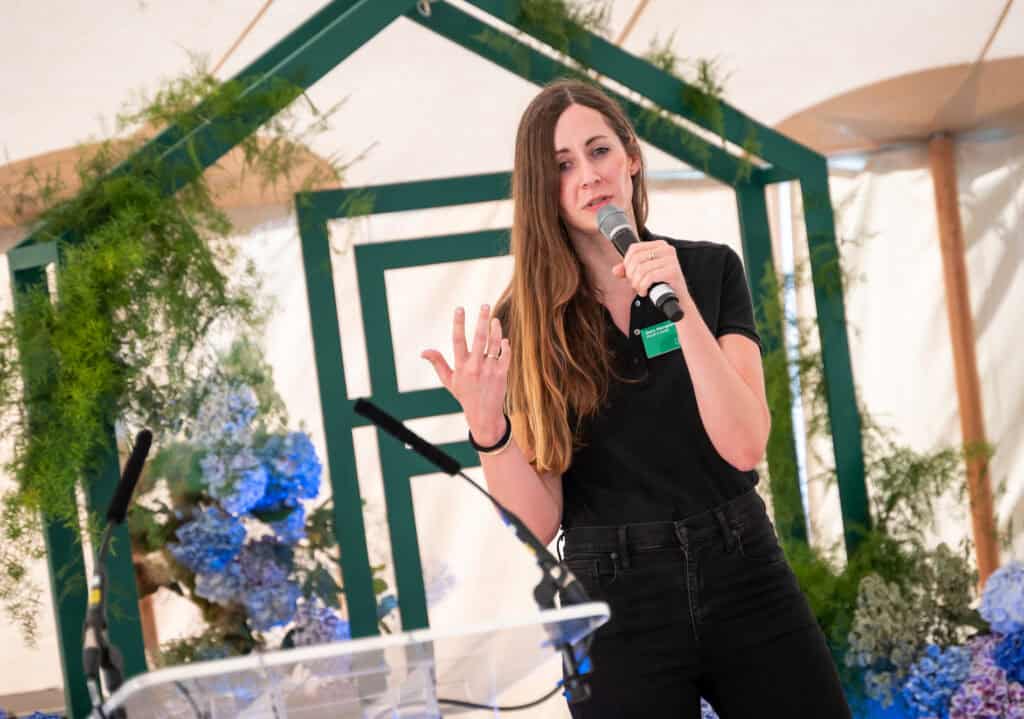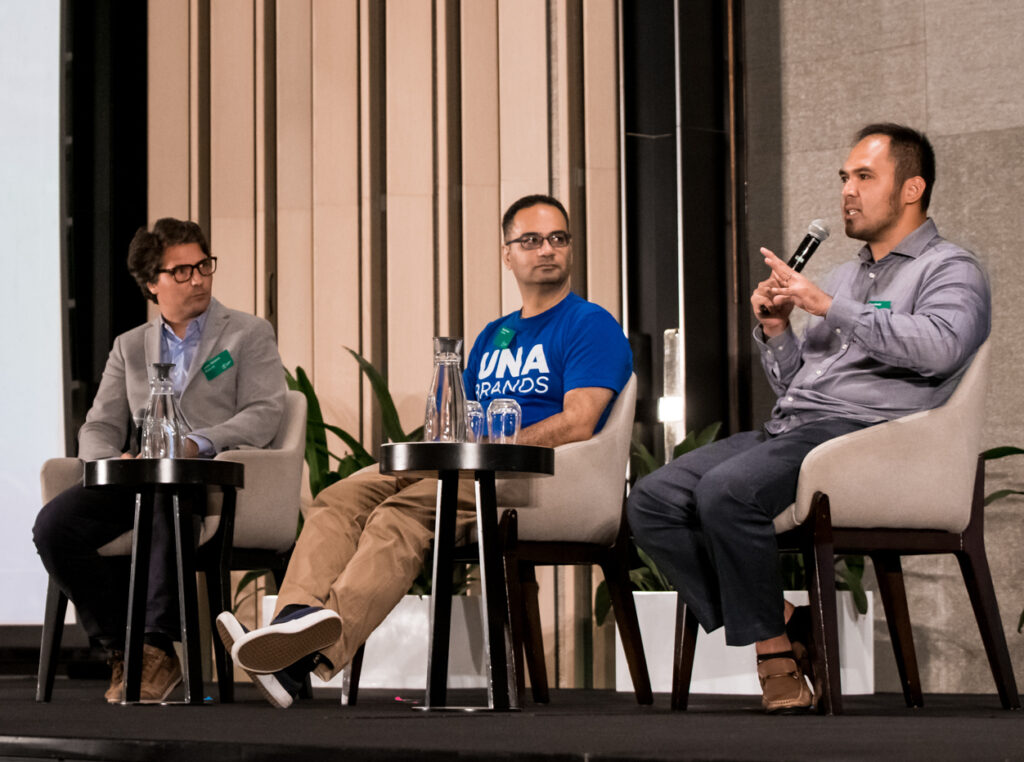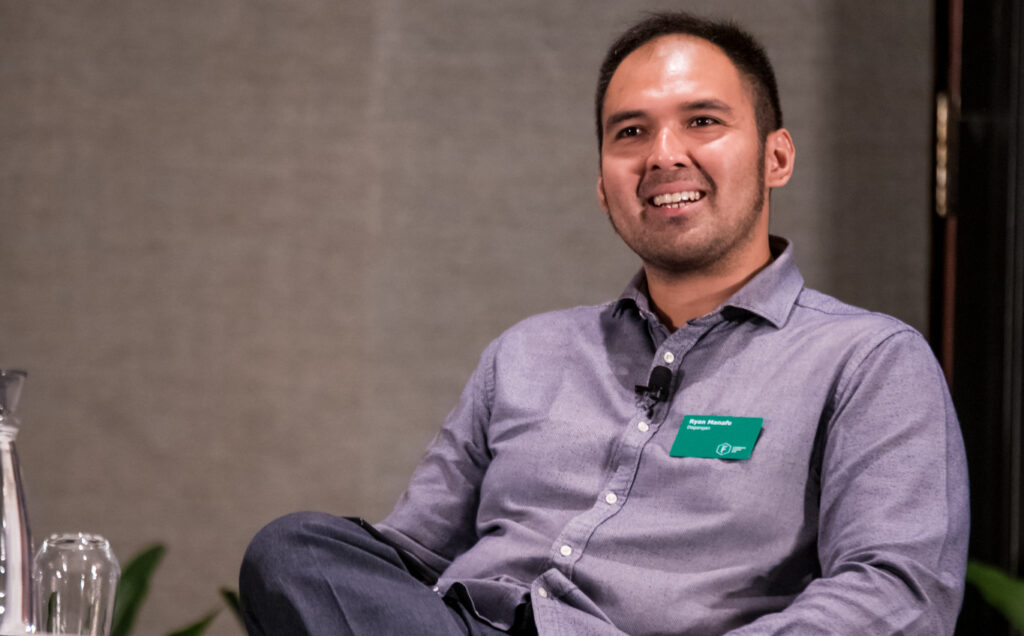Last updated on September 27, 2023
Stef van Grieken’s Cradle is helping scientists design better proteins in record time with generative AI. See our FF Rising Stars for 2023!
Proteins in cells are used to make medicines, chemicals, materials, and food, but they’re difficult to engineer with today’s tools.
Stef van Grieken’s Cradle uses large language models to help scientists in biotech research and development teams engineer protein sequences with fewer, more successful experiments – helping bring protein-based products to market more cheaply and quickly.
Cradle raised €5.5m in a Seed funding round led by Index Ventures and Kindred Capital with participation from top angel investors, Feike Sijbesma, former CEO of Royal DSM, and Emily Leproust, Founder and CEO of Twist Bioscience.
Before Cradle, Stef led product development at Google Brain and Google X, and is the founder and chair of the Open State Foundation, the largest Dutch organisation for public transparency and accountability.
Founded: Dec 2021
Country: Switzerland, Netherlands
No. of employees: 16
Stage: Seed
Total funding raised: €5.5m
Investors: Index Ventures, Kindred Capital
Why did you decide to start Cradle?
At Google, many amazing colleagues were applying large language models to problems such as language translation, chatbots, and web search. I was super fascinated by the use of large language models in the sciences. Most of human progress has been driven by scientific discovery and innovation, and I felt the sciences were a much more interesting domain to apply them to than, for example, better marketing copy.
I ended up meeting my co-founder, Eli Bixby, in Google Brain who said ‘you can think of DNA as a binary format of an alien programming language, similar to how we are learning human language. I think we can apply the same LLM techniques to learn this language of nature’. This really blew my mind.
What do you want to achieve?
It’s still very expensive to build an MVP with biology. In chemistry, you need tens of millions of dollars to prove you can make a molecule using biology. While in pharma it can easily cost €600m worth of R&D to get a protein-based drug into clinical trials. A lot of this is due to the fact that teams require thousands of experiments to find the right protein (sequence) to solve their problem. Even very good teams get 1-5% success on their experimental cycles.
In the next year, we want to show that generative models for proteins significantly increase the success rate of experiments for common pharmaceutical and industrial applications. Then, we want to scale to 100+ pharma and biotech companies using our software.
Ultimately, I would like to live in a world where small teams can build bio-based products with a few million dollars. With that we can really accelerate human and planetary health. Once we expand our capability of programming not just information, but physical things (i.e. organic chemistry) it opens up a whole new world of possibilities.
What’s your biggest challenge right now?
Similar to ChatGPT, our models may sometimes come up with experiment proposals (sequences) that are just plain wrong. In the case of ChatGPT however, a user may just dismiss what was generated and move on.
In our case, you have to run hundreds of very expensive experiments that would not work. We really need to make sure we understand when models ‘hallucinate’ and when we can trust what they generate to translate in successful lab experiments.
Who has helped you most in your journey so far?
My professional career has been in tech, not in biology. While selling a SaaS product typically takes 9-12 months, going to market is very different in this industry and a lot of the standard SaaS advice does not apply.
Sam Partovi is one of our advisors and has built several fantastic sales motions in biotech, first at Benching and now at Veeva. His feedback on our go-to-market has been invaluable.
What’s the best advice you’ve ever received?
Hire the best people. Before starting Cradle I asked founders what they would have done differently if they would do it again. Most of them said they would have spent more time hiring and finding the top 1% of people for the job. If you don’t hire the very best for every position you will end up needing more people to get the job done. The quality of the work will be lower and overall you will go slower.
What tech would you not be able to do without?
Superhuman. I get an incredible number of emails. Given it’s a task I spend over an hour on every day, shaving 30% off the time it takes to get through them helps me a lot.
 All Posts
All Posts


